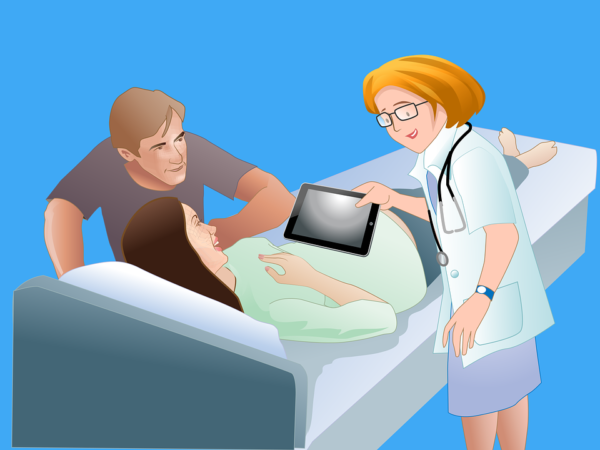
In clinical medicine, taking a medical History of Presenting Illness (HPI ) as part of the standard History and Physical document is as basic as it gets. This is taught as a basic skill and over time as the new clinician refines it with practice, experience & adding own unique touches, it becomes an art. Thus medicine to me is both skill and art. You start with learning and evolve. There’s no one way to an HPI – but here’s one logical framework to simplify HPI taking & writing:
Step 1 : Relevant details of patient & their chief complaints ! I like to initiate with “Sorry you are feeling sick Darrin, would love to help ! Please tell me how all this started?”
So if patient says: “I had this abdominal pain couple hours after I had dinner and drinks out with friends yesterday, after that I felt my stomach was upset and I started throwing up”
Chief complaints that you extract : “Abdominal Pain, Nausea & Emesis”
Step 2 : After patient is done telling his initial story, tease out details of each chief complaint. Usually ask for Onset (acute ? ), Duration / Timing, Progress, Worsening & Relieving factors, etc. Each symptom has it’s own unique attributes to ask.
e.g. Some of you may known the standard SOCRATES mnemonic to assess a pain complaint. Likewise for emesis you wanna know the Frequency ? bloody ? bilious ? etc.
Step 3: System-specific Review of Systems: Ask about other symptoms in the concerned system. More than one system could be involved.
Initial impression in this case is a GI illness, so ask if patient had any abdominal bloating, diarrhea, bloody / black stools or lack of stools / flatus ? etc.
Step 4: Investigative questions for differential diagnosis : (e.g Food poisoning / GB / Pancreatitis / Gastritis , etc. in this case)
“Did other friends also get sick” | “Did you have any fever or chills?”
“Have you had similar pains before ? are they related to eating ? “
“Did you also have alcohol during dinner” ? etc.
You know what to ask if you know the differentials – this is why knowing differential diagnosis is king !
Step 5: What has been done so far to help ? by patient and by other health providers
Summing up the above example, a sample HPI might look something like this:
Darrin is a 59 year old Caucasian,married gentleman with a PMH significant for Hypertension, GERD and Pre-diabetes. He came in to the ER today with chief complaints of abdominal pain, nausea & emesis. He was doing well until yesterday 8 pm, when he had acute, right upper quadrant abdominal pain, about 2 hours after eating hamburgers, fries with a couple beers at a local bar with friends. His pain is sharp, episodic, colicky, 8/10 at its worse, radiating to his right shoulder. Nothing seems to help and Eating or drinking makes it worse. He then had nausea followed by a couple bilious, non-bloody emesis , felt a little better and went to bed. This morning the pain woke him up around 5 AM with more bilious emesis prompting his wife to bring him to our ER. He denies any bloating or diarrhea, is passing gas, no BMs since his symptoms. His friends had no symptoms, he felt a little chilly this morning. He has had mild pains in that area for the past 6 months but never thought much about it since it always resolved on it’s own. He has been taking some tylenol and iburprofen at home without much relief. In the ER he received IV Zofran, IV fluids before transferring to floor.
After that you go on with the 10-point ROS, detailed past medical & surgical history, home meds, allergies, social & family history, Exam, Labs/Imaging, Impression-assessment-Plan part on your History and Physical document.
Don’t miss these fun posts! Subscribe via email 📩 | |
